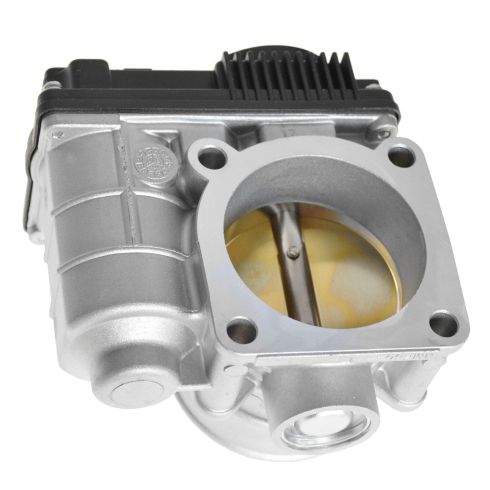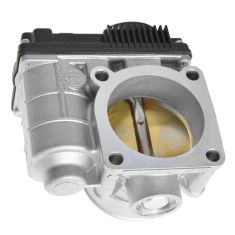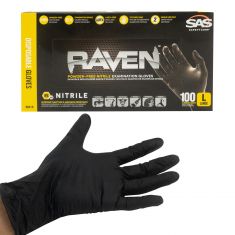1ATBA00008-Nissan Altima Sentra X-Trail Throttle Body Assembly TRQ TBA07514

Replaces
2003 Nissan Altima L4 2.5L Throttle Body Assembly TRQ TBA07514

Frequently bought together
Product Reviews
Loading reviews
4.57/ 5.0
14
14 reviews
Good product!
July 31, 2018
Saved a lot first to begin with. Easy installation with videos linked on the website. Any DIYer would love this site and its products any day. Plus their customer service is top notch.
1A Auto: Great parts & great service
September 17, 2018
1A Auto Parts has great parts and great service! The part fit exactly, it was delivered promoptly, and the price was right.
I am a dedicated buyer for 1AAuto parts.
Richard, CT
Perfect
October 1, 2018
I really recommend buying from 1A Auto they have great parts, in this case for my old 03 Altima the throttle body needed to be replaced and I watched their how-to video and installed it myself thanks 1a Auto!
Throttle position sensor
October 20, 2018
Good part , fast delivery one of several parts I've ordered and satisfied with all.
Works
November 7, 2018
Purchased because I felt like the old one was not working properly this one works perfectly fine.
Throttle sensor
December 2, 2018
I really enjoy the instructional videos on YouTube. They help make the installation easy. However, my new part did not come with a new gasket like it was supposed to have with it.
Throttle body
February 10, 2019
Good quality part at a great price. $20 cheaper than others but still great quality. Shipping was fast and right on time. I would definitely urge others to use 1a auto. Very good instructional videos online as well.
Arrived Early; Great On-line Instructions
November 2, 2019
The part arrived a day early. 1A Auto provided a great on-line video and written instructions that made installation quick and simple.
2005 Altima 2.5- vibrating at idle
September 18, 2021
Quality part reasonably priced. Corrected the problem on my daughters altima
[{"url": "https://wac.edgecastcdn.net/001A39/prod/media/pNISJll75W64CYGsite/d678b5877e31c005d3be93b55493f5c0_1633910784672_0.jpeg", "caption": "Did what it was supposed do"}]
October 10, 2021
Came on time and did what it was supposed to do.
Works perfectly.
December 31, 2021
Perfect fit, The calibration video was on point.I recommend this part. As I stand behind many part that I have purchased from 1A Auto.
Sucked
December 21, 2022
Its crap I have done the relearn procedures over a hundred times and it still stays at high idle 2500 rpms and then it surges from 2500 to 200 and its crap I cant even drive the car I have even done the troubleshot guide that it showed on paper if it did that and it still dont work
New Throttle Body Saved a Ton of Cash
January 23, 2023
I've been thrilled with the throttle body replacement! I was able to get it installed and programmed in about an hour after grabbing a new gasket from AutoZone for about $5. My local shop had told me that it would be about $900 and would have to be done by a dealership. Pfft! I saved SO much money and time, and it's running better than it has in years. I even got back a significant amount of gas mileage. The only thing I will say is that the included instructions weren't fully accurate. The were unnecessary steps, and the order of operations was off. A quick visit to YouTube got it straightened out.
Throttle body
August 21, 2024
Fit and worked perfectly
Customer Q&A
Does this include a gasket?
November 24, 2018
10
This does not include a gasket.
November 25, 2018
Emma F
10
I don't believe it did.
November 26, 2018
A L
10
no gasket is included
December 2, 2018
W E
I changed my throttle bottle but car its not returning to correct idle. What could be issue?
September 5, 2021
10
Car needs to relearned the throttle. I think I saw a video in YouTube on how to reset my throttle. Its a few steps by turning off and on the ignition and pressing and releasing the gas pedal. Good luck!
September 6, 2021
Tony G
10
Car needs to relearned the throttle. I think I saw a video in YouTube on how to reset my throttle. Its a few steps by turning off and on the ignition and pressing and releasing the gas pedal. Good luck!
September 6, 2021
Tony G
10
Search "altima throttle body relearn" to access YouTube instructional videos. It took me 3 or 4 attempts but it worked!
September 7, 2021
Don N
10
Here is a link. Follow to the tee.timing has to be exact. Took me 3times to get it right https://youtu.be/FNUwr8Dh2w0
September 19, 2021
Joseph K
What else do you need other than the throttle body and gasket ?
October 25, 2021
10
You will need detailed instructions on how to reprogram the throttle body after installation.
October 25, 2021
D M
10
New hardware is not included with this item. You may be able to reuse your original hardware if it is in good condition. Other than that there should not be anything else needed to complete the install.
October 25, 2021
Jessica D
10
You will need detailed instructions on how to reprogram the throttle body after installation.
October 26, 2021
D M
Nissan is a registered trademark of Nissan Motor Co., Ltd. 1A Auto is not affiliated with or sponsored by Nissan or Nissan Motor Co., Ltd.
See all trademarks.












